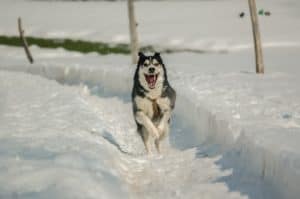Easiest Ever Two-Ingredients Dog Treats
The Easiest Ever Two-Ingredients Dog Treats
We mean easy! These treats only take two ingredients: whole wheat flour and baby food. You can substitute the whole wheat flour for another type of flour, but keep in mind the texture and consistency of the dough might not be the exact same. Here’s how to make our easiest ever two-ingredients dog treats.
Ingredients:
- 2 cups 100% organic whole wheat flour
- 2 (4oz) jars of pureed baby food** – beef, blueberry, sweet potato, chicken, etc.
Directions:
- Preheat oven to 350°F.
- Mix ingredients together to form a stiff dough. If necessary, add extra flour or water as needed.
- On a lightly floured surface, roll the dough out evenly until it’s about 1/4 inch thick. Use cookie cutters to cut into the desired shape or a pizza cutter to make cubes.
- Line a cookie sheet with parchment paper, place treats about 1/2 inch apart. Bake for 20 – 25 minutes.
- Allow them to cool completely before storing in a paper bag (storing in an air-tight container will make them soft, but they’re still edible).
What do you think of our easiest ever two-ingredients dog treats? Were they as easy as you thought? Let us know @WetNosesPetSitting or #WetNosesPetSitting. Want more? Try our Thanksgiving treats and our Tuna Yum Yums for cats!



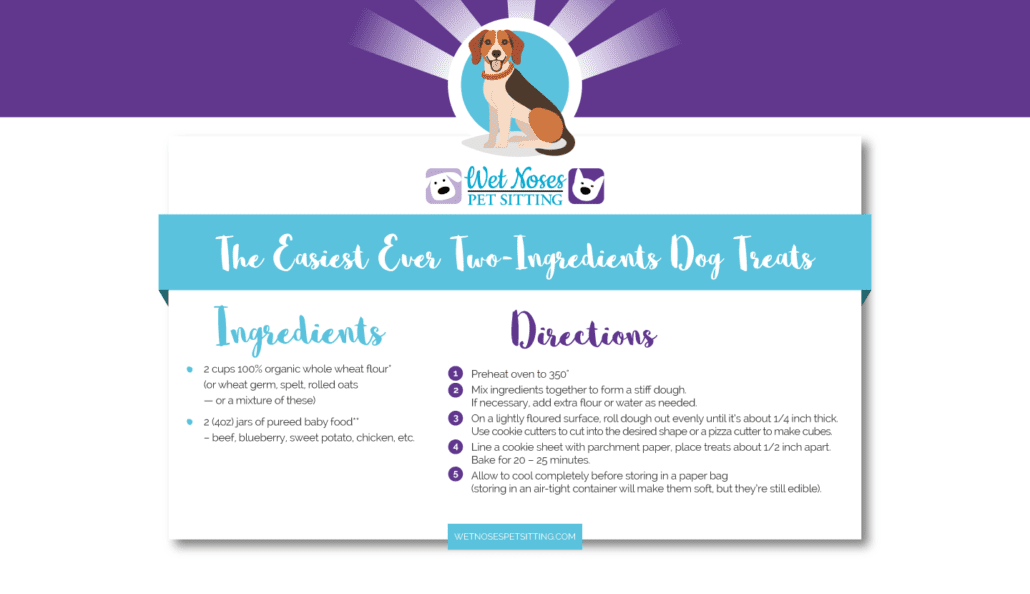
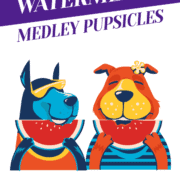
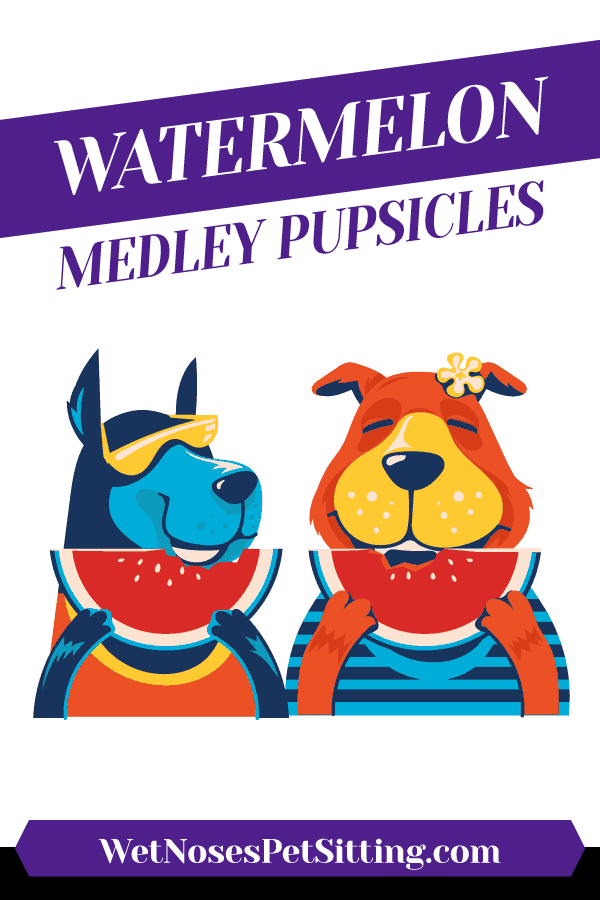
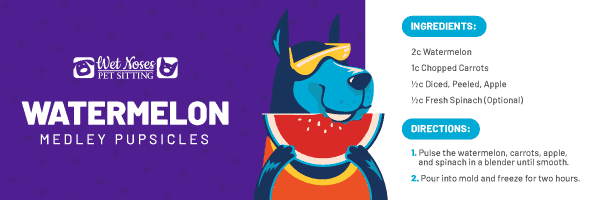
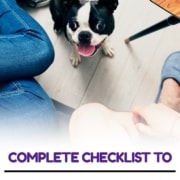


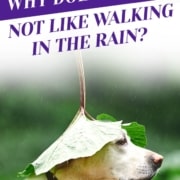
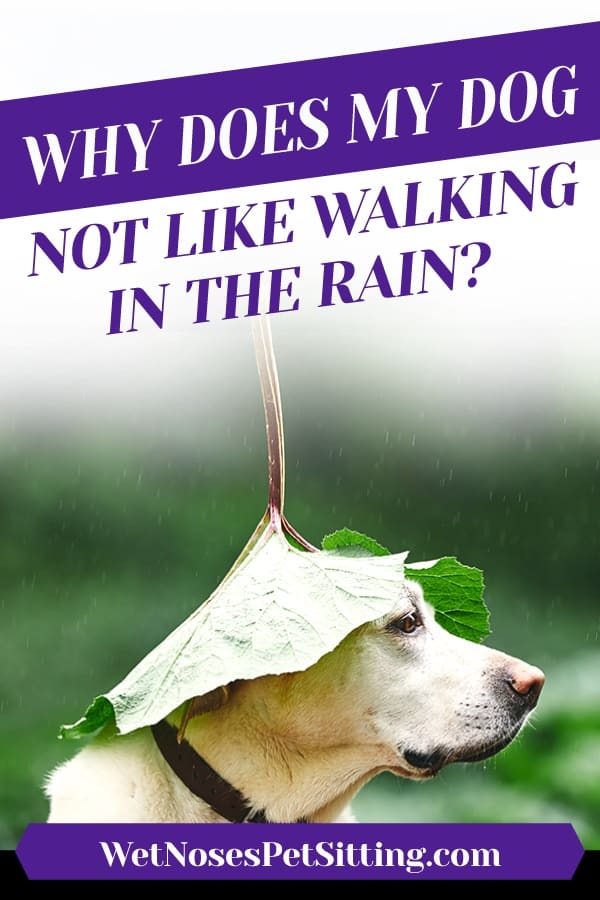



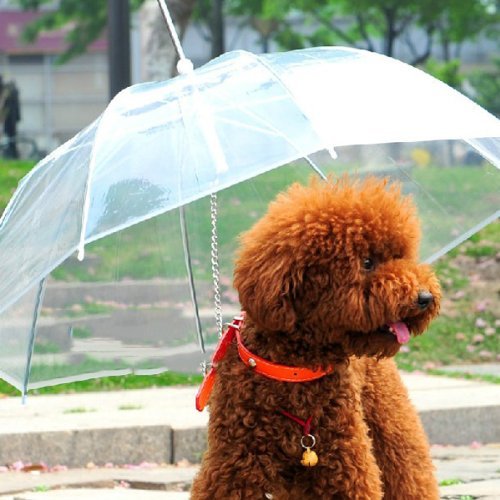




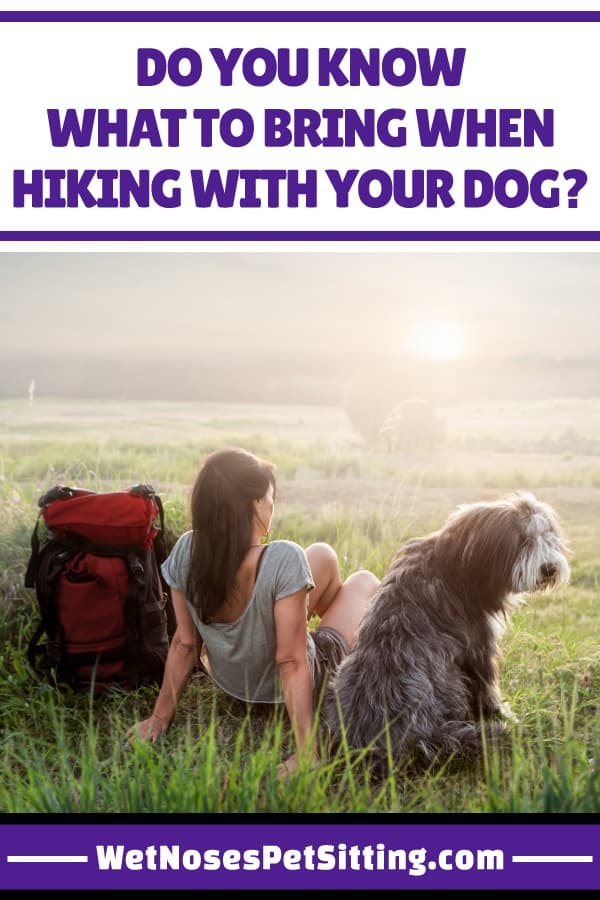








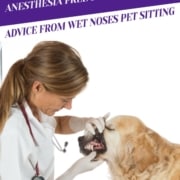
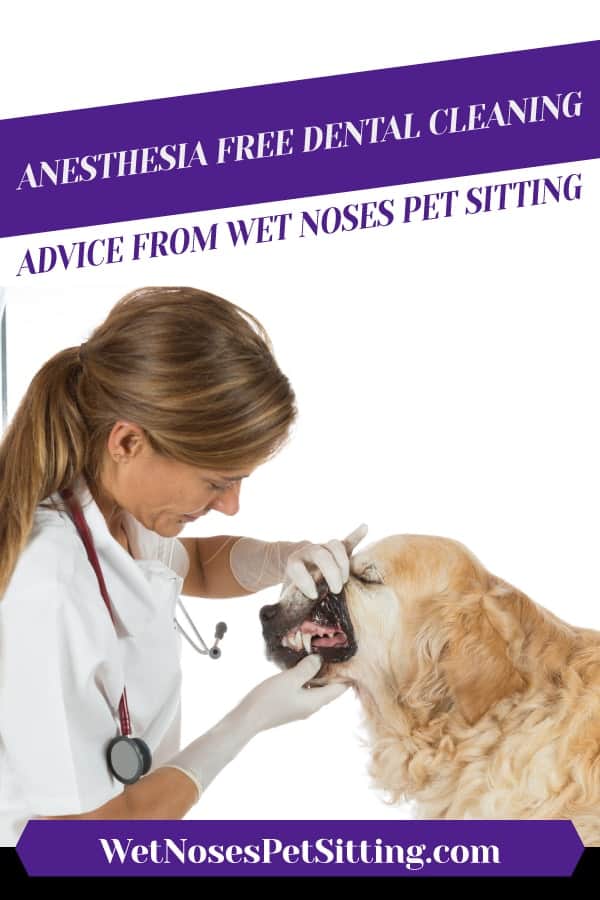
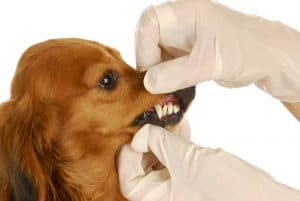

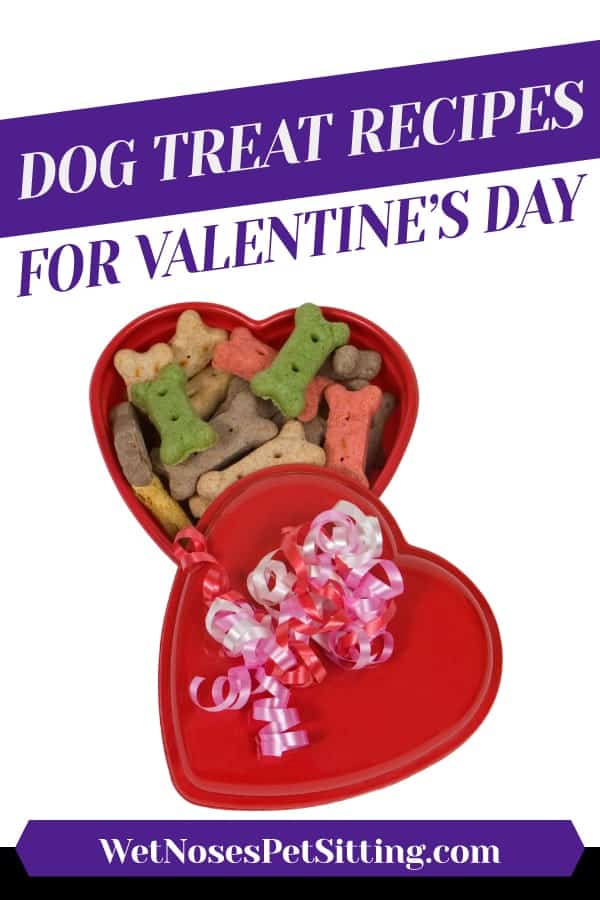
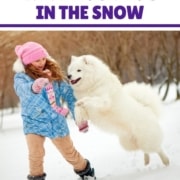
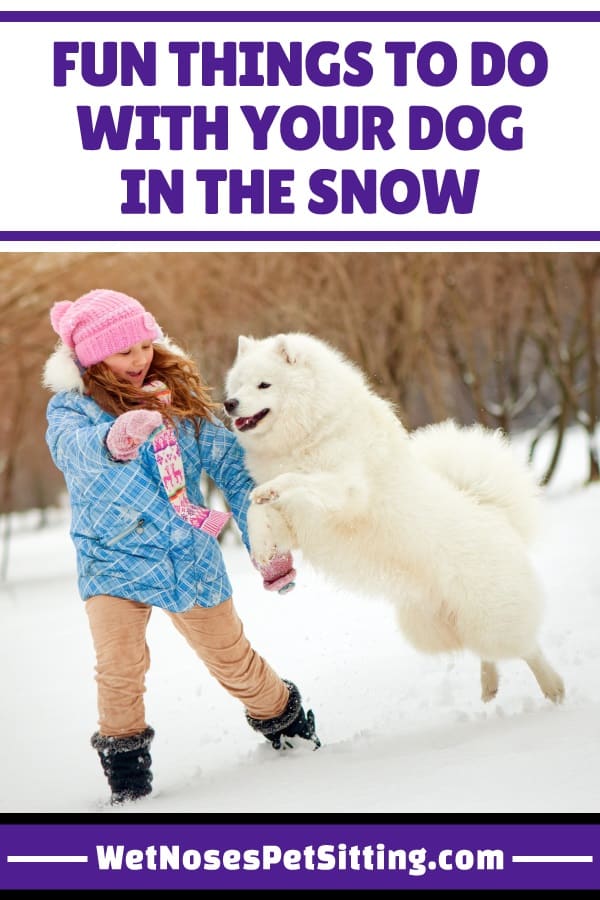
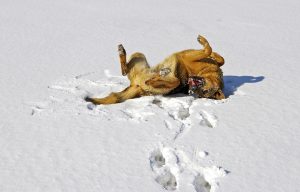 Snowball Fights
Snowball Fights